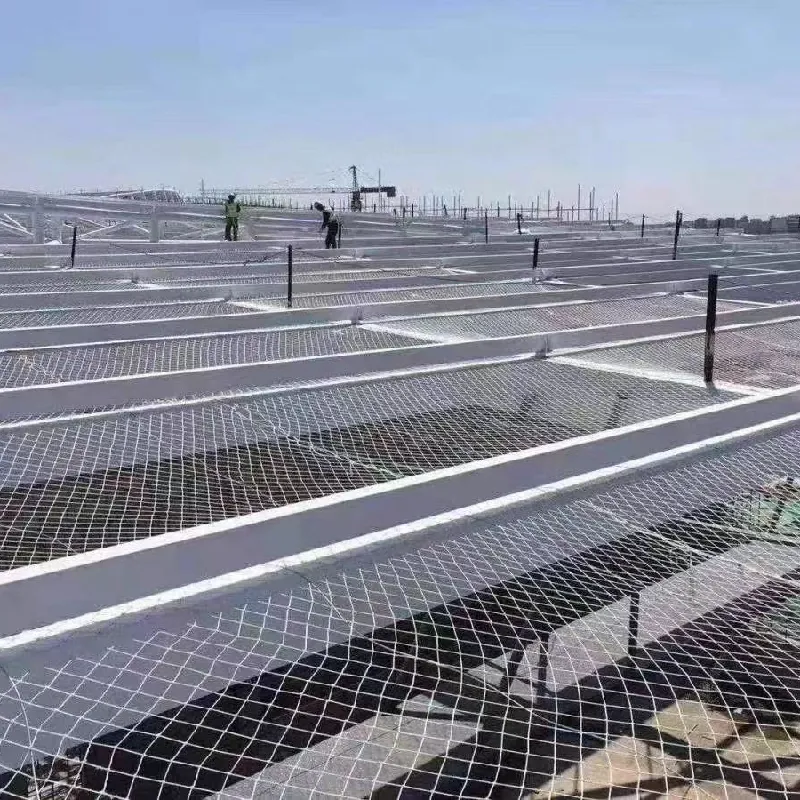-
 Afrikaans
Afrikaans -
 Albanian
Albanian -
 Amharic
Amharic -
 Arabic
Arabic -
 Armenian
Armenian -
 Azerbaijani
Azerbaijani -
 Basque
Basque -
 Belarusian
Belarusian -
 Bengali
Bengali -
 Bosnian
Bosnian -
 Bulgarian
Bulgarian -
 Catalan
Catalan -
 Cebuano
Cebuano -
 China
China -
 Corsican
Corsican -
 Croatian
Croatian -
 Czech
Czech -
 Danish
Danish -
 Dutch
Dutch -
 English
English -
 Esperanto
Esperanto -
 Estonian
Estonian -
 Finnish
Finnish -
 French
French -
 Frisian
Frisian -
 Galician
Galician -
 Georgian
Georgian -
 German
German -
 Greek
Greek -
 Gujarati
Gujarati -
 Haitian Creole
Haitian Creole -
 hausa
hausa -
 hawaiian
hawaiian -
 Hebrew
Hebrew -
 Hindi
Hindi -
 Miao
Miao -
 Hungarian
Hungarian -
 Icelandic
Icelandic -
 igbo
igbo -
 Indonesian
Indonesian -
 irish
irish -
 Italian
Italian -
 Japanese
Japanese -
 Javanese
Javanese -
 Kannada
Kannada -
 kazakh
kazakh -
 Khmer
Khmer -
 Rwandese
Rwandese -
 Korean
Korean -
 Kurdish
Kurdish -
 Kyrgyz
Kyrgyz -
 Lao
Lao -
 Latin
Latin -
 Latvian
Latvian -
 Lithuanian
Lithuanian -
 Luxembourgish
Luxembourgish -
 Macedonian
Macedonian -
 Malgashi
Malgashi -
 Malay
Malay -
 Malayalam
Malayalam -
 Maltese
Maltese -
 Maori
Maori -
 Marathi
Marathi -
 Mongolian
Mongolian -
 Myanmar
Myanmar -
 Nepali
Nepali -
 Norwegian
Norwegian -
 Norwegian
Norwegian -
 Occitan
Occitan -
 Pashto
Pashto -
 Persian
Persian -
 Polish
Polish -
 Portuguese
Portuguese -
 Punjabi
Punjabi -
 Romanian
Romanian -
 Russian
Russian -
 Samoan
Samoan -
 Scottish Gaelic
Scottish Gaelic -
 Serbian
Serbian -
 Sesotho
Sesotho -
 Shona
Shona -
 Sindhi
Sindhi -
 Sinhala
Sinhala -
 Slovak
Slovak -
 Slovenian
Slovenian -
 Somali
Somali -
 Spanish
Spanish -
 Sundanese
Sundanese -
 Swahili
Swahili -
 Swedish
Swedish -
 Tagalog
Tagalog -
 Tajik
Tajik -
 Tamil
Tamil -
 Tatar
Tatar -
 Telugu
Telugu -
 Thai
Thai -
 Turkish
Turkish -
 Turkmen
Turkmen -
 Ukrainian
Ukrainian -
 Urdu
Urdu -
 Uighur
Uighur -
 Uzbek
Uzbek -
 Vietnamese
Vietnamese -
 Welsh
Welsh -
 Bantu
Bantu -
 Yiddish
Yiddish -
 Yoruba
Yoruba -
 Zulu
Zulu
Effective Strategies for Installing Bird Prevention Netting to Protect Crops and Property
The Importance of Bird Prevention Netting
Birds are an essential part of our ecosystem, contributing to the pollination of plants and the control of insect populations. However, when their populations grow unchecked, they can become a nuisance to agriculture, urban settings, and other human activities. This is where bird prevention netting comes into play, serving as an effective and humane solution to manage bird-related issues.
Bird prevention netting is a specialized type of netting designed to keep birds away from certain areas without causing them harm. It comes in various materials, such as polypropylene and polyethylene, and can be found in different sizes and mesh patterns depending on the target bird species and specific application. This netting is typically installed in places where birds pose significant problems, such as orchards, vineyards, rooftops, and commercial buildings.
One of the most significant benefits of utilizing bird prevention netting is that it effectively protects crops from damage. Birds such as starlings, sparrows, and crows are notorious for feasting on fruits, seeds, and grains, leading to substantial economic losses for farmers. By covering crops with bird netting, farmers can minimize the amount of fruit lost to these birds, ensuring a better yield and a more successful harvest. This protective measure not only preserves the crop but also reduces the need for chemical deterrents, making it an environmentally friendly option.
bird prevention netting

In urban settings, bird netting plays a crucial role in maintaining cleanliness and aesthetics. Pigeons and seagulls can create unsightly messes with their droppings, which are not only unpleasant to look at but can also pose health risks. By installing bird netting on building ledges, rooftops, and other surfaces, property owners can deter these birds from nesting and roosting, thus keeping the premises cleaner and more appealing.
Moreover, bird prevention netting is often components of bird control strategies in various settings, including airports and marine environments. In aviation, birds can pose a significant safety hazard, with bird strikes potentially leading to catastrophic consequences. Airports frequently use netting to keep birds away from runways and taxiways, thereby enhancing flight safety for passengers and crew.
While the benefits of bird prevention netting are numerous, it is essential to consider it as part of a broader integrated pest management (IPM) strategy. This approach involves combining various methods to control bird populations sustainably. For instance, habitat modification, such as removing food sources and nesting sites, can complement netting efforts. Additionally, other humane deterrents, such as visual or auditory scare devices, can be employed in tandem with netting to maximize effectiveness.
In conclusion, bird prevention netting serves as an invaluable tool in various sectors, from agriculture to urban environments. Its implementation allows for humane control of bird populations, protecting crops, maintaining cleanliness, and ensuring safety in critical areas. As we continue to seek sustainable solutions to bird-related challenges, netting stands out as a practical and effective option, promoting harmony between human activities and wildlife. By utilizing this method thoughtfully, we can address our challenges while respecting the role birds play in our ecosystem.
-
Shipping Plastic Bags for Every NeedNewsJul.24,2025
-
Safety Netting: Your Shield in ConstructionNewsJul.24,2025
-
Plastic Mesh Netting for Everyday UseNewsJul.24,2025
-
Nylon Netting for Every UseNewsJul.24,2025
-
Mesh Breeder Box for Fish TanksNewsJul.24,2025
-
Expanded Steel Mesh Offers Durable VersatilityNewsJul.24,2025











